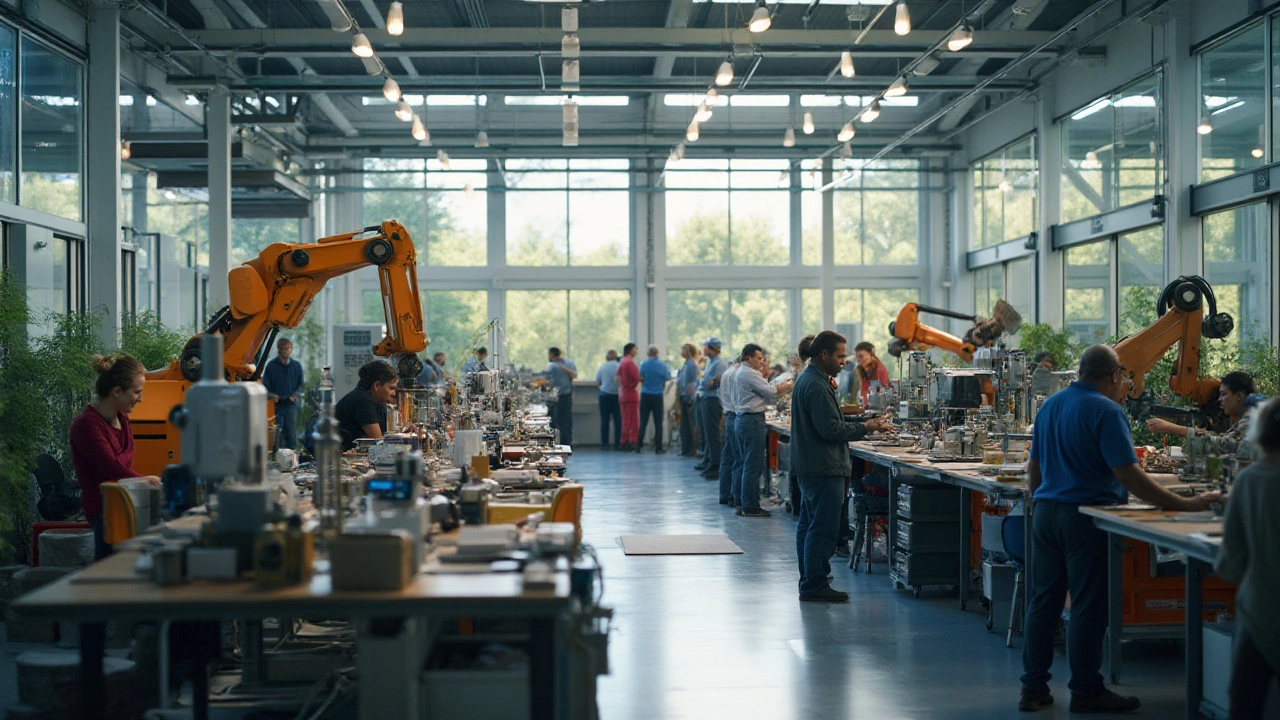Industrial Growth: What’s Driving Change in India’s Factories?
India’s factories are buzzing with new ideas, tech upgrades, and a push for local jobs. Whether you are a startup founder, a big‑brand manager, or just curious about where the next big opportunity lies, understanding the forces behind industrial growth can help you make smarter moves.
One of the biggest drivers is the push from the government to bring more production home. Policies that lower taxes on new plants, speed up approvals, and support skill training are turning cities like Hyderabad, Pune, and Chennai into manufacturing hubs. This means more jobs, more tech transfer, and a stronger supply chain for everything from chemicals to consumer goods.
Key Sectors that Are Growing Fast
Today, a few sectors are pulling ahead of the crowd. The chemical industry, for example, is seeing a surge in demand for specialty chemicals that support pharma, agriculture, and electronics. Companies that can offer higher‑value products are outpacing traditional bulk chemical makers.
Steel remains a backbone of industrial growth. While the US and Europe have seen a slowdown, India’s steel mills are expanding capacity to meet domestic construction needs and export opportunities. New plant designs are more energy‑efficient, cutting costs and emissions at the same time.
Electronics manufacturing is also on a fast track. With the government’s ‘Make in India’ push, more components are being assembled locally, reducing reliance on imports. This creates a ripple effect: better logistics, more skilled jobs, and a stronger export basket.
What This Means for Businesses and Investors
If you’re looking to start a venture, focus on the gaps these growing sectors reveal. For instance, local supply of raw materials for chemicals is still fragmented, leaving room for small‑scale, high‑quality producers. Similarly, the rise of modular construction is opening up demand for lightweight steel products.
Investors should watch policy updates closely. Incentives for green manufacturing, such as subsidies for solar‑powered plants, can boost returns on projects that adopt sustainable tech early. Keep an eye on regions where infrastructure projects are rolling out—those areas often become hotbeds for new factories.
Another practical tip: partner with local skill‑training institutes. A workforce that knows the latest CNC programming or chemical safety standards can give your plant a competitive edge and reduce downtime.
Finally, remember that industrial growth isn’t just about big factories. Small and medium enterprises (SMEs) are the real engine of job creation. Supporting SMEs through easy financing or tech adoption can unlock hidden value across the supply chain.
In short, India’s industrial landscape is evolving fast. By spotting the right sector, tapping into government support, and building a skilled team, you can ride the growth wave and turn challenges into opportunities.
